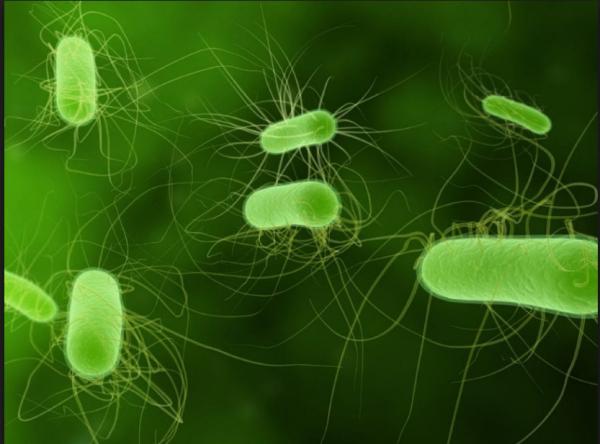
The narrative about the use of antibiotics in livestock feed as growth promoters is boilerplate by now (1). Everyone has heard it, and the message is almost always the same. But a part of the discussion is missing, and this absence has a direct and marked impact on bacterial resistance.
Helen Branswell, writing for STAT clearly discussed how the FDA is (finally) cracking down on the use of antibiotics in animal feed; yet, her discussion misses an important point.
"The recently released FDA report on antibiotic use in food animal production revealed that 62 percent of antibiotics given to these animals in 2015 were medically important for human health. The FDA policy does not address antibiotics that are not medically important. Food livestock producers will still have open access to them."
There are two fundamental flaws present in the above quote:
- That there is a meaningful distinction between antibiotics that are used in human health and those that are not.
- That adding antibiotics (that are not used in humans) to livestock feed will not promote resistance to antibiotics that are used in humans.
Both of these statements are incorrect. Although antibiotics that are not important to humans will likely be slower in promoting bacterial resistance to antibiotics that are, it will still happen. This is because bacteria are smarter than we think. To understand why, we must take a look at some rather esoteric (but crucial) science, which illustrates the mechanisms of bacterial resistance. This is the piece that is missing from the narrative.
As is the case in all life forms, selective pressure provides an advantage to organisms (bacteria, viruses, etc.), that can withstand hostile environments. This is the driving force behind resistance (2) and why we are now encountering more and more infections that are becoming untreatable .
Bacteria use multiple strategies to defeat antibiotics (3). There are at least three known resistance mechanisms in the tetracycline class alone. One of these—the formation of efflux pumps by bacteria—is the reason that the distinction between "used in humans" and "not used in humans" is largely irrelevant.
Efflux pumps, one of the ways that bacteria get rid of poisons—in this case antibiotics—are found in multiple bacteria and are responsible for many strains of multi-drug resistant organisms. They do just what the name implies. They are molecular pumps. And under conditions of stress, bacteria make more of them (upregulation).
The way by which these pumps function is quite interesting, and it also helps explain why antibiotics that are supposedly "unimportant" to humans aren't unimportant at all. A (very) simple diagram below shows a bacterium with a pump embedded in its cell wall. The pumps form passages through which the antibiotics can be expelled from the cell (4).

Simple diagram of a bacterial efflux pump. Source: Brown University
Efflux pumps are problematic in two ways: "normal" resistance, and also cross-resistance—the crux of this article. When exposed to antibiotics, bacteria make more pumps (upregulation), which is an expected adaptive response. The upregulation of the pumps is sufficient cause for concern, but the bacteria have another weapon—the pumps are non-specific. They don't much care what they get rid of. For example, exposure of a strain of bacteria to a Antibiotic A will necessarily generate strains of bacteria that are resistant to that antibiotic. But, because of the non-specificity of the pumps, bacteria that have never been exposed to that same Antibiotic A, let's say one that is used by humans, can still generate strains that are resistant to that it. In this way the same bacteria also become to Antibiotic B (5).
This "indirect" resistance is why the discussion of the use of antibiotics in animal feed is usually incomplete. Although most antibiotics that are used in feed are not used in humans, they are still part of the problem, thanks to Mother Nature (and Father Evolution).
We are in enough trouble as is. Some strains of bacteria have become so resistant to multiple antibiotics that there are no longer any drugs that can treat them—something that can only get worse. In the absence of significant advances in the development of new antibiotics—no easy task—we will eventually find ourselves back in pre-penicillin times, when people died from infections we don't give a second thought to anymore.
Routine use of any antibiotic in healthy livestock needs to stop yesterday.
Notes:
(1) This discussion applies only to the use of antibiotics as growth promoters, not their use in treating infected animals.
2) The technical term for this is adaptive resistance. One infection that used to be easily cured, but is now down to a single two-drug combination, is gonorrhea.
(3) Although bacterial resistance is attributed to misuse of antibiotics, this is only partially true. Resistance would have occurred even if antibiotics were used properly. It is inevitable. Two years before the introduction of penicillin to the public, resistant strains had already already identified.
(4) The pumps are not just inert passages. They operate by active transport—a process that requires energy expenditure.
(5) For more on this subject, see: "A Review of Antibiotic Use in Food Animals: Perspective, Policy, and Potential."



